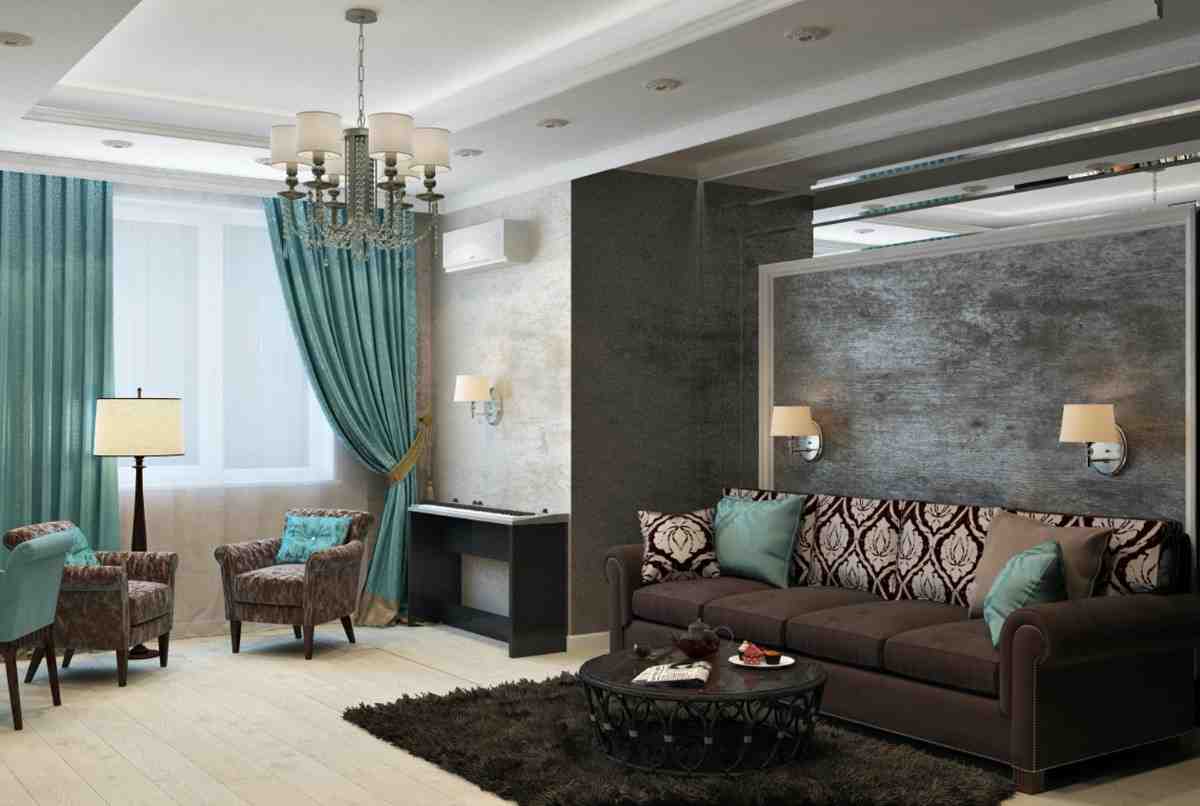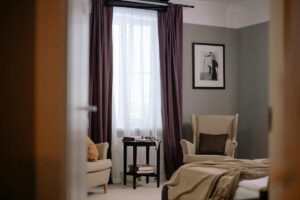Curtains don’t only decorate your interiors, they create the atmosphere, privacy, and functionality of a space. So picking your curtains depending on the direction of natural light going into your home can highly affect your living. To make informed choices and create a beautiful result, our Directional Window Curtain Selection Guide will assist you in selecting your curtain based both on the size of the window and how the window is oriented.
Learning about Natural Light Directions
Natural light direction will be one of the most important decision you should consider when choosing type and the style of your curtains. Here’s a breakdown:
North-Facing Windows: Minimal sunlight, however, means that these often receive cool and diffused lighting throughout the day.
South-Facing Windows: These provide lots of natural light and warmth during winter months.
East-Facing Windows: The day brightens with Morning light but it fades throughout.
West-Facing Windows: Strong, warm afternoon light to these can be harsh.
But the Directional Window Curtain Selection Guide stresses the point that you must take these directions into account when selecting curtains. What follows is to see how curtain choices need to make sense with each orientation.
North-Facing Windows: Balancing Light and Warmth
Because there is no direct sunlight, the north facing rooms are often dim or cold. To maximize light and add warmth:
Go for light colored, sheer fabrics to allow maximum amount of light to travel into the house.
In colder months, thermal lined curtains can insulate both your body and prevent heat loss.
Don’t get heavy or dark curtains, they can make the space feel smaller and gloomier.
The Directional Window Curtain Selection Guide that we provide will help you design your bright and cozy interior, even with difficult light in your space.
South-Facing Windows: Managing Abundant Light
Flooding rooms with natural light in the day is good for plants, good for energy efficiency, and good for the South-facing window opportunity. However, this can lead to issues like glare and overheating:
Get yourself light blocking or blackout curtains to help reduce glare and maintain the perfect temperature.
Select your furniture and flooring in fabrics that are UV resistant so they won’t fade.
Dual layer curtains feature lighter sheers to admit daylight, heaver drapes for privacy at night are incorporated.
With a more design-oriented approach, as we do in our Directional Window Curtain Selection Guide, we know your curtains will add to your comfort without sacrificing style.
East-Facing Windows: Embracing Morning Light
For kitchen or dining room spaces, east facing windows bring vibrant sunlight into your room early during the day. To make the most of this natural light:
Choose light filtering curtains to cut the morning rays a bit, but not completely — that will retain the brightness.
In pastel or warm hues play around with light colors that add to the morning glow.
So, for an easy and adaptable solution, probably use Roman shades or blinds.
These tips from the Directional Window Curtain Selection Guide will help to make your mornings pleasant and bright without causing glare.
West-Facing Windows: Softening Harsh Light
Intense afternoon sunlight generated from west facing windows can make for uncomfortable and uncomfortable days. To manage this effectively:
If you find that you have already cranked up the thermostat, forget thicker fabrics or layered curtains to keep the heat out.
If you select curtains with warm tones, then the warm light in your room will get blown out and also the ambiance will be unbalanced.
Linings can be used to improve energy efficiency, with reflective or thermal.
With the Directional Window Curtain Selection Guide you can even in the face of brutal western light make a comfortable and pleasing to the eye space.
Every Window Direction has its Key Curtain Styles.
Here are some versatile curtain styles that align with natural light directions:
Sheer Curtains: Great for north and east facing windows so that it lets light in without giving anyone a peek into your home.
Blackout Curtains: Excellent for use over south and west facing windows and roofs reducing harsh sunlight.
Layered Curtains: Use sheers and heavy drapes for adjustable treatments in all directions.
Using the Directional Window Curtain Selection Guide you can smoothly match styles to your home’s individual lighting needs.
“Conclusion: Making the Most of the Directional Window Curtain Selection Guide”
While they’re beautiful, curtains serve a purpose — they’re instruments of light management and energy efficiency in your home. By knowing how natural light direction affects your space, you can pick curtains which enhances functionality and aesthetics.
“Final Thoughts on the Directional Window Curtain Selection Guide”
The Directional Window Curtain Selection Guide makes curtain selection for your home easier. You’ll create a harmonious comfortable living space by tailoring your choices to the lights each space needs.
FAQs
Which type of curtains is suitable for a north facing window?
Maximizing natural light in north facing rooms is best achieved by sheer curtains of light colors.
How can I stop the sunlight on south facing windows from fading the paint?
If you want to keep the UV out, use UV resistant curtains, and blackout linings if possible.
What curtain fabrics are suggested for windows with a westward façade?.
To block hard afternoon light, thick fabrics with reflective or thermally lined reflectors work best.
What are dual-layer curtains?
The combination layer allows for both light filtering through the sheer layer and the heavier, mainly privacy or light blocking layer.
Do Roman shades look good with curtains?
The answer to that is yes, it works great with curtains as well, to give it a stylish and useful window treatment.
What are some eco friendly curtain options?
Turn to organic cotton, bamboo or recycled polyesters fabrics when you are on the lookout.


